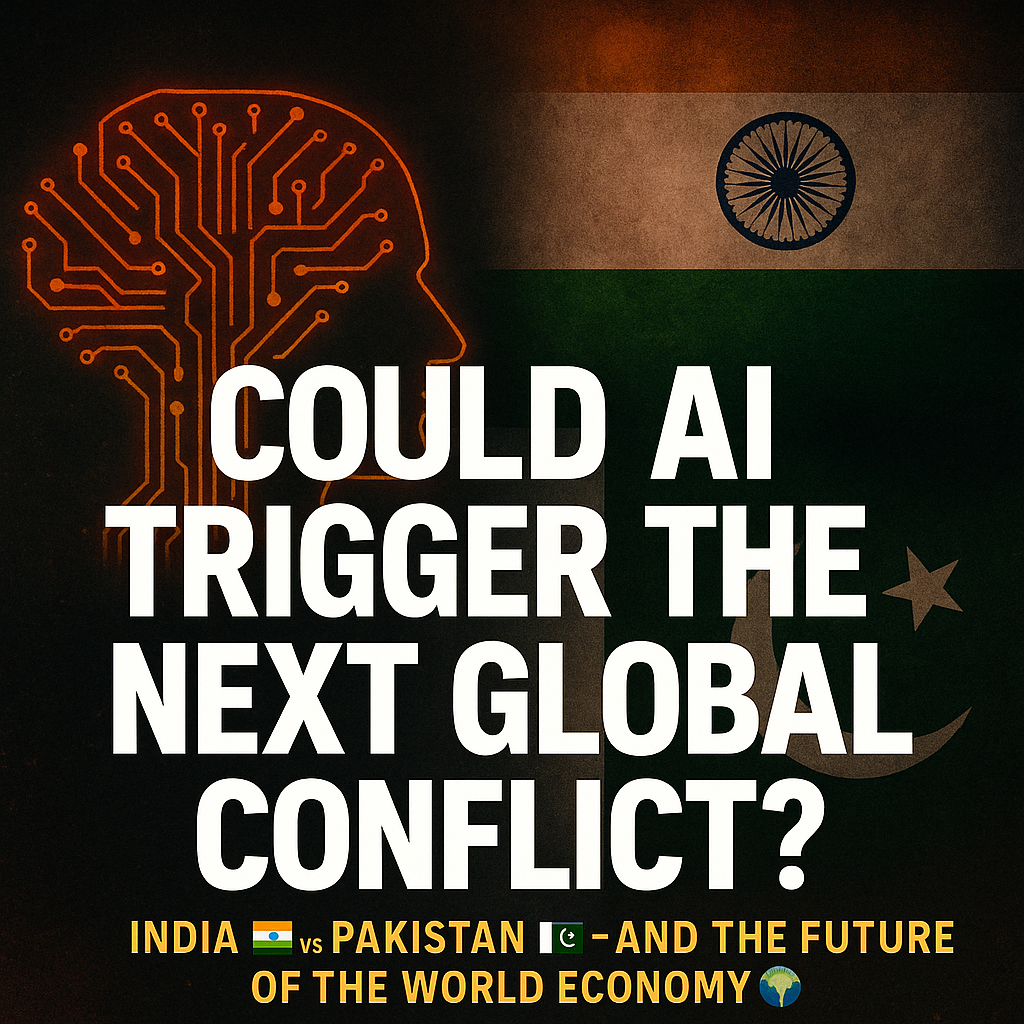In the summer of 2025, as artificial intelligence systems spread through industries from call centers in Mumbai to freelance marketplaces in Lahore, a new anxiety took hold among policymakers and generals across South Asia. The region’s defining rivalry—India and Pakistan, nuclear-armed neighbors with a history of unresolved wars—was no longer only about territory or water. It was also about technology, jobs, and survival in an era when algorithms, not armies, could upend the stability of states.
Inside New Delhi’s Ministry of Electronics and Information Technology, senior officials began receiving weekly updates about job attrition. Contracts that once provided steady work for India’s $190 billion outsourcing industry were quietly migrating to AI-based platforms. “It’s not a slow erosion,” one adviser told me. “It’s a cliff.” By some estimates, as many as a million service jobs could vanish in three years.
In Islamabad, the mood was darker still. Pakistan’s economy, already fragile, depended on freelance digital services that had brought hope to its young population. By mid-2025, those channels were collapsing under the same pressures. A Pakistani cabinet official described it bluntly: “Our youth are trained for jobs that no longer exist.”
The Migration Squeeze
For decades, both countries had relied on the safety valve of migration. Professionals could find work abroad, remittances sustained families, and governments counted the inflows as critical foreign exchange. But as AI crept into the Western workplace—automating logistics, coding, and customer service—the migration doors began to narrow.
The United States, facing its own wave of dislocation, hardened its rhetoric. In Europe, right-wing parties made electoral gains on promises to reduce inflows. A quiet fear spread among South Asian governments: what if their diaspora communities were forced to return en masse?
The notion of “mass deportations” has not materialized. Yet the possibility, however remote, hangs in the air, a symbol of how fragile the post-AI labor compact has become.
Rivalry in the Machine Age
India and Pakistan’s rivalry has endured wars, terrorism, and uneasy truces. What AI introduced was a competition over the future itself.
India’s bet has been audacious: to transform from “back office of the world” into a global AI power. Officials point to retraining programs, government-backed AI hubs, and partnerships with Silicon Valley firms. But the transition is uneven, and for every engineer retrained, there are thousands who remain unemployed.
Pakistan, with fewer resources, has tried to leapfrog. Its Presidential Initiative for Artificial Intelligence and Computing (PIAIC) has produced a cadre of young coders and data scientists. Yet the infrastructure deficit—weak connectivity, limited investment—remains insurmountable.
The gap is widening. What had once been a shared digital ascent now feels like a race in which one runner is losing sight of the other.
Flashpoints Old and New
In recent months, generals in Rawalpindi and Delhi have returned to familiar language: water, territory, deterrence. But behind the closed doors of both militaries, another vocabulary has emerged—cyber, drones, information war.
Officials in India privately confirm that Pakistan-linked hackers have probed critical infrastructure. Pakistani intelligence, in turn, accuses India of running AI-driven disinformation campaigns on social media. Neither side admits the full extent of these operations, but both speak with a new edge of mistrust.
A former Indian national security adviser told me: “When you add AI to an already unstable equation—Kashmir, water disputes, terrorism—you compress the time for decision-making. You remove buffers. That’s dangerous.”
The World’s Stake
The global economy is tied to South Asia more than many realize. India is a pharmaceutical and tech manufacturing hub. Pakistan’s geography makes it central to energy routes linking China and the Middle East. Conflict between them, even limited, would ripple outward—disrupting supply chains, spiking energy prices, and sending markets into free fall.
Equally destabilizing would be the refugee flows. If a war coincided with AI-driven unemployment in the West, receiving countries would face a combustible mix of political backlash and humanitarian crisis.
The Paradox of Progress
The paradox is stark. AI was supposed to stabilize. Predictive diplomacy tools, early-warning systems, automated defenses—all promised to reduce risk. Instead, automation has displaced millions, undermined social contracts, and amplified nationalist impulses.
In India and Pakistan, the technology has become both weapon and mirror: a tool to project power, and a reminder of how precarious their economic models are.
An Uncertain Century
The probability of outright war remains uncertain. But what is clear, after months of conversations with officials in both capitals, is that the margin for error is shrinking.
As one Pakistani general put it to me: “We are entering an era where a software update in Washington or Beijing may decide whether our young people have jobs—or whether they riot in the streets.”
The AI century has begun. Its consequences will not be confined to boardrooms or laboratories. They will play out in parliaments, on borders, and—if the rivalry between India and Pakistan spins out of control—across the global economy.








.png)
